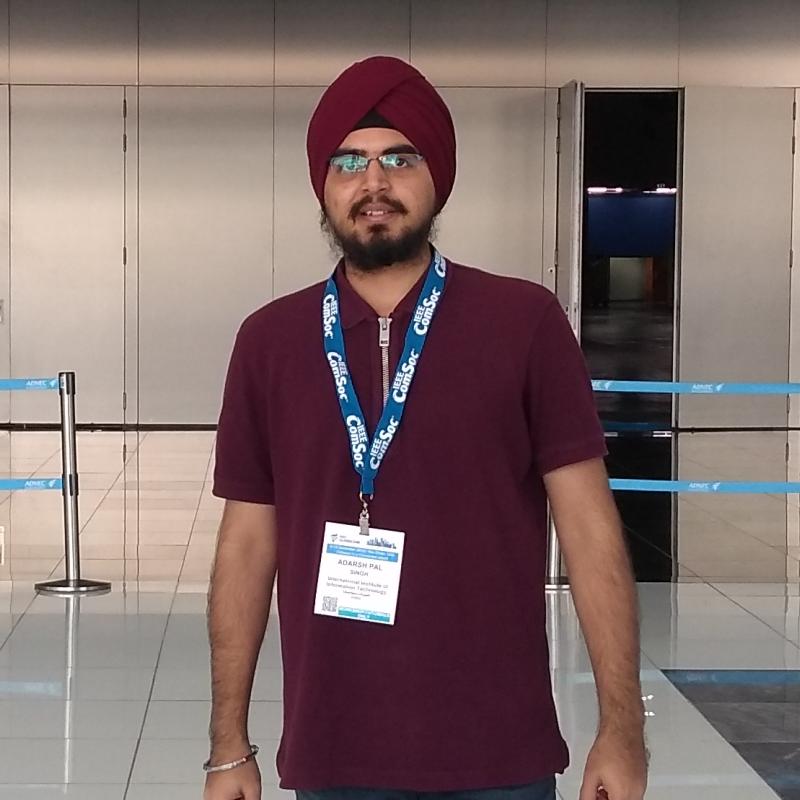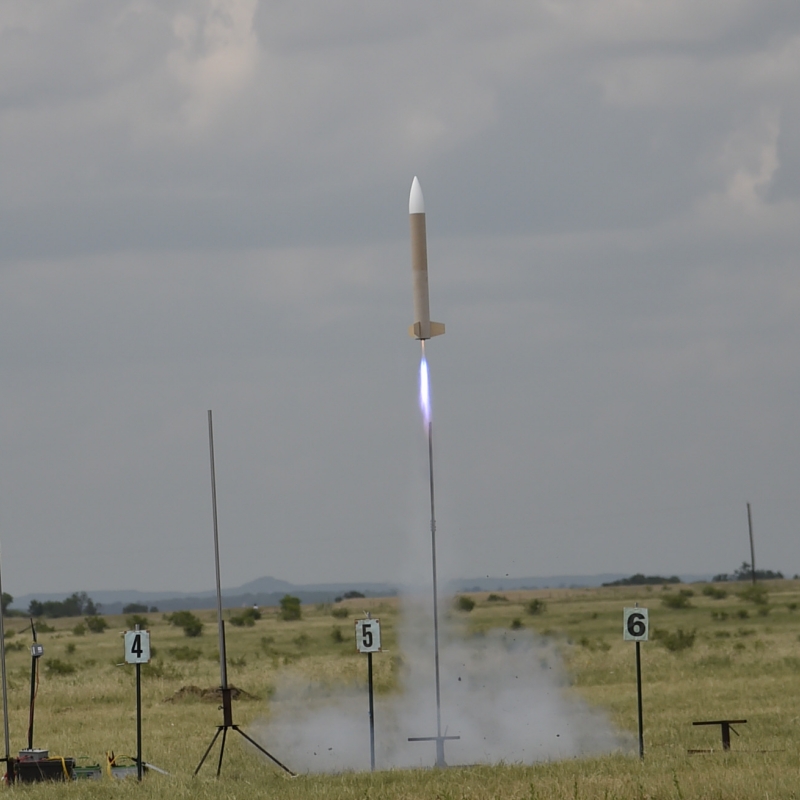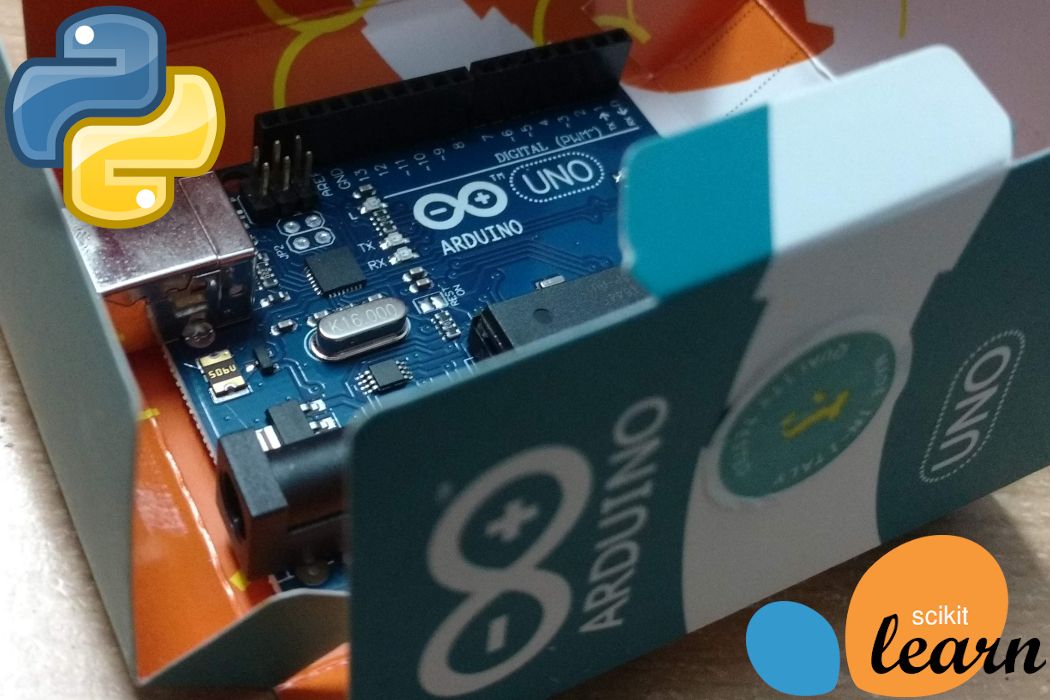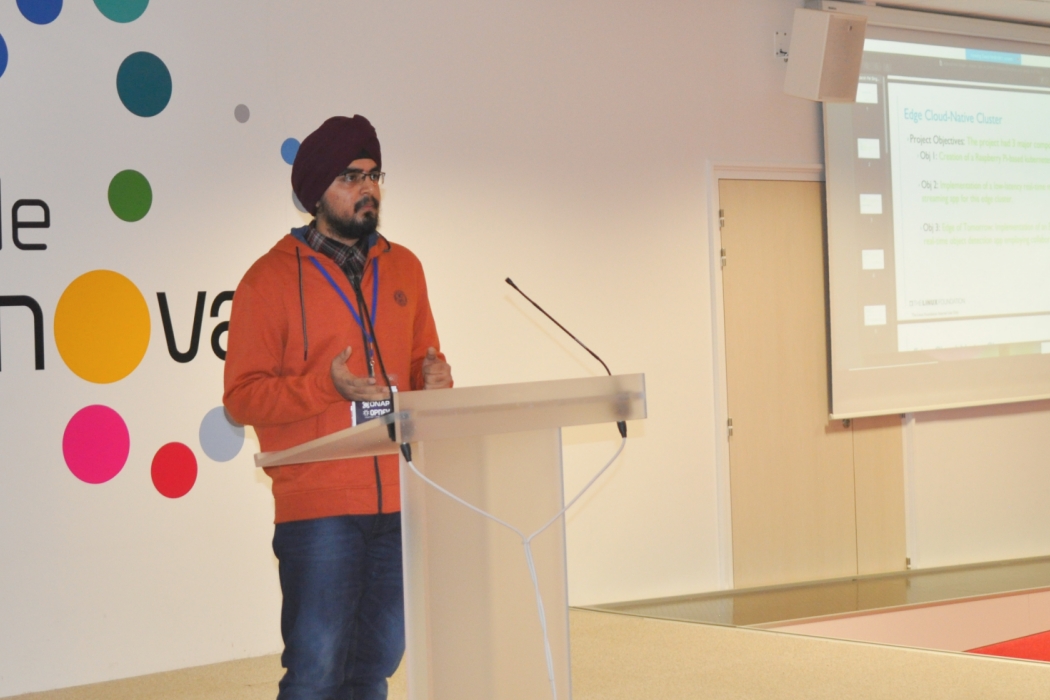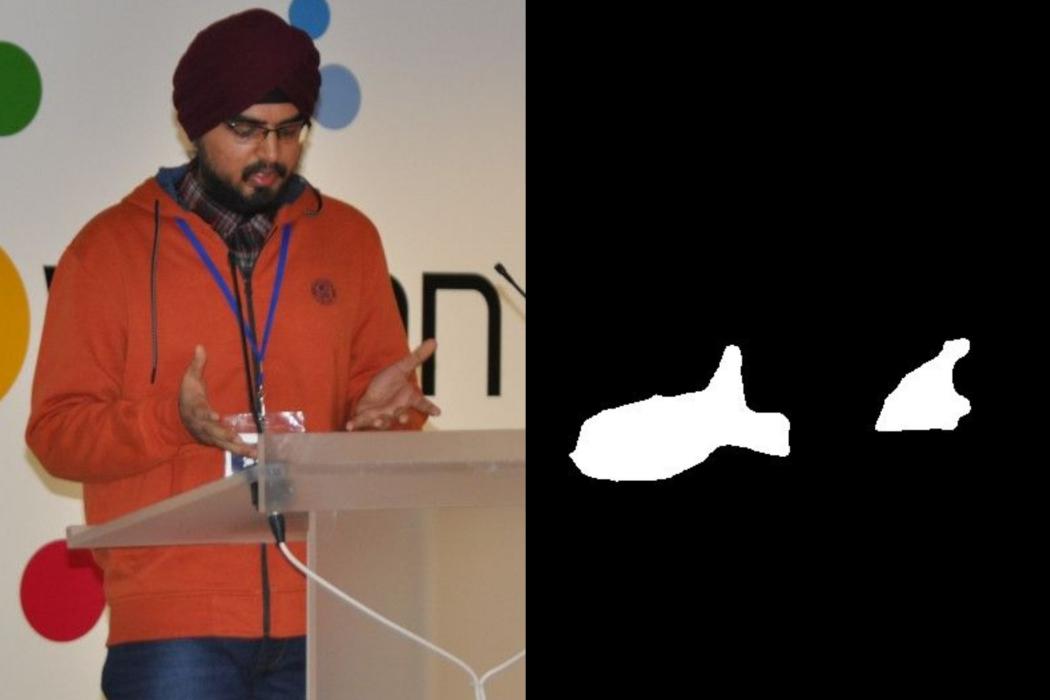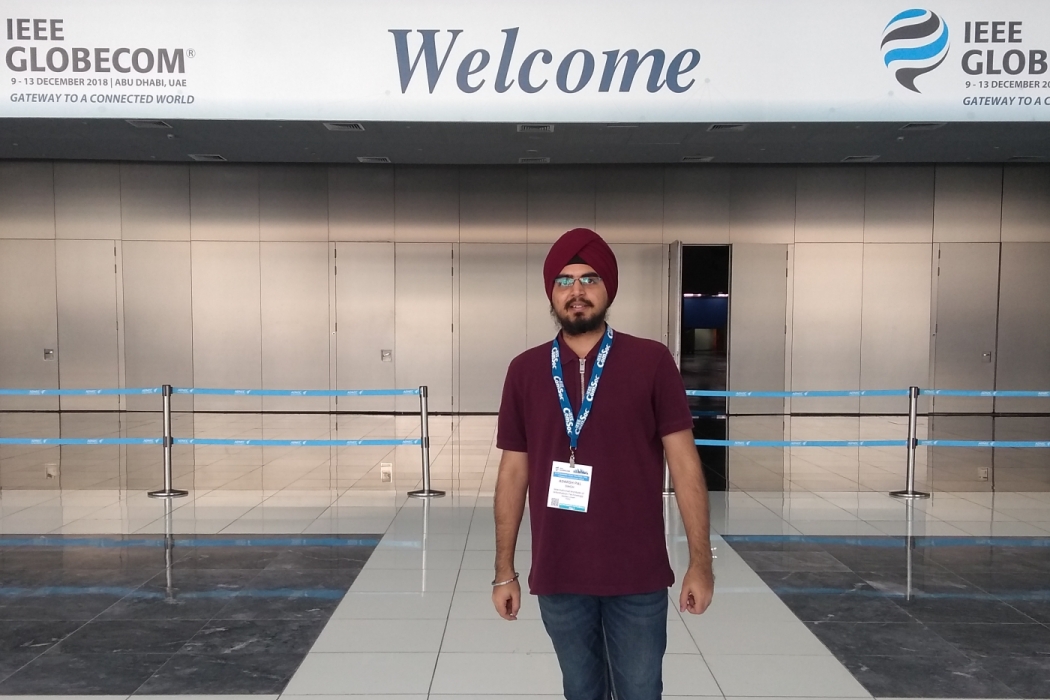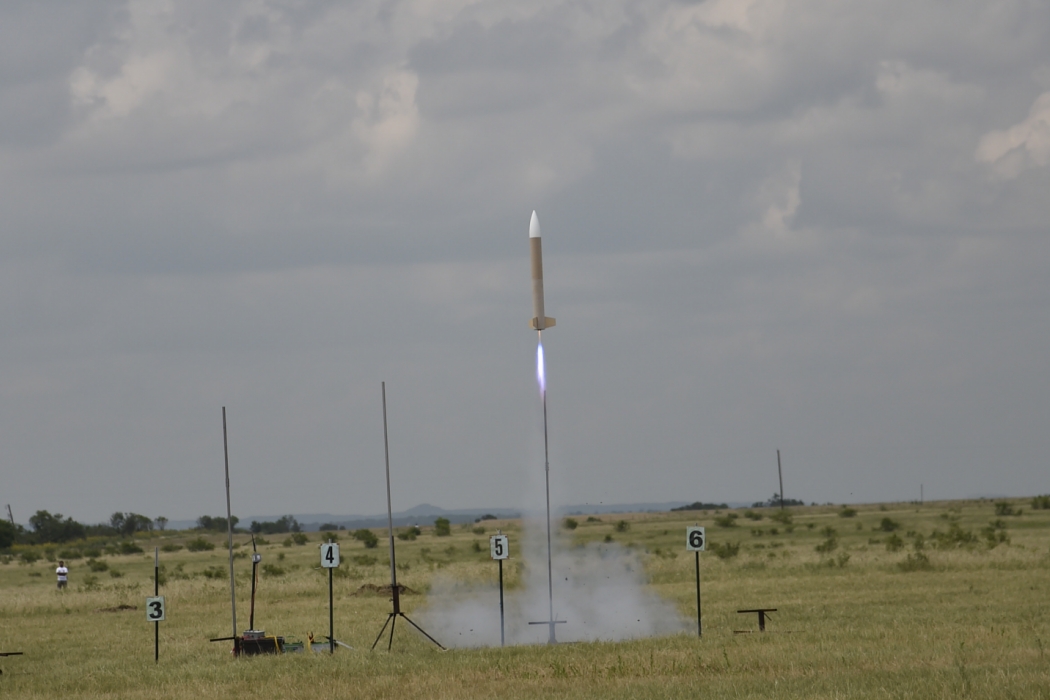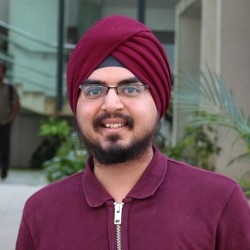
My Journey In A Nutshell
I'm a Bachelor's + MS by Research Dual Degree ECE student at IIIT Hyderabad, India. My MS is on the topic of Machine Learning for Smarter and More Efficient IoT Systems. I've published 2 papers as part of my MS and am currently working on my thesis. I've been the recepient of the Dean's List Award 6 times in a row for my academic performance. During the course of my engineering, I served in 2 different companies as an intern. The first one was the Linux Foundation where I interned for about 6 months in 2018. This was a remote open source internship wherein I collaborated with a team from Huawei (OPNFV Project) to develop a cloud-native stack for edge devices. I received the Gambia Community Award for my contributions to OPNFV and was the only undergrad speaker selected by the Linux Foundation to deliver talks at the Open Networking Summit and the OPNFV Plugfest. In the summer of 2019, I interned in the AI/ML team of Ernst & Young, Bangalore. I had a dual role of a DevOps as well as a Machine Learning Engineer.
I'm an avid book reader. Some of my favorites include The Scarlet Letter, Maud's Line, The Girl On The Train, Surely You're Joking Mr. Feynman and The Martian. I also love reading Japanese manga. One Piece is my absolute favorite. I own an Ibanez acoustic guitar and can be found strumming to the Beatles or Oasis in the afternoons if I'm not in the badminton court or hooked to some Netflix series.









